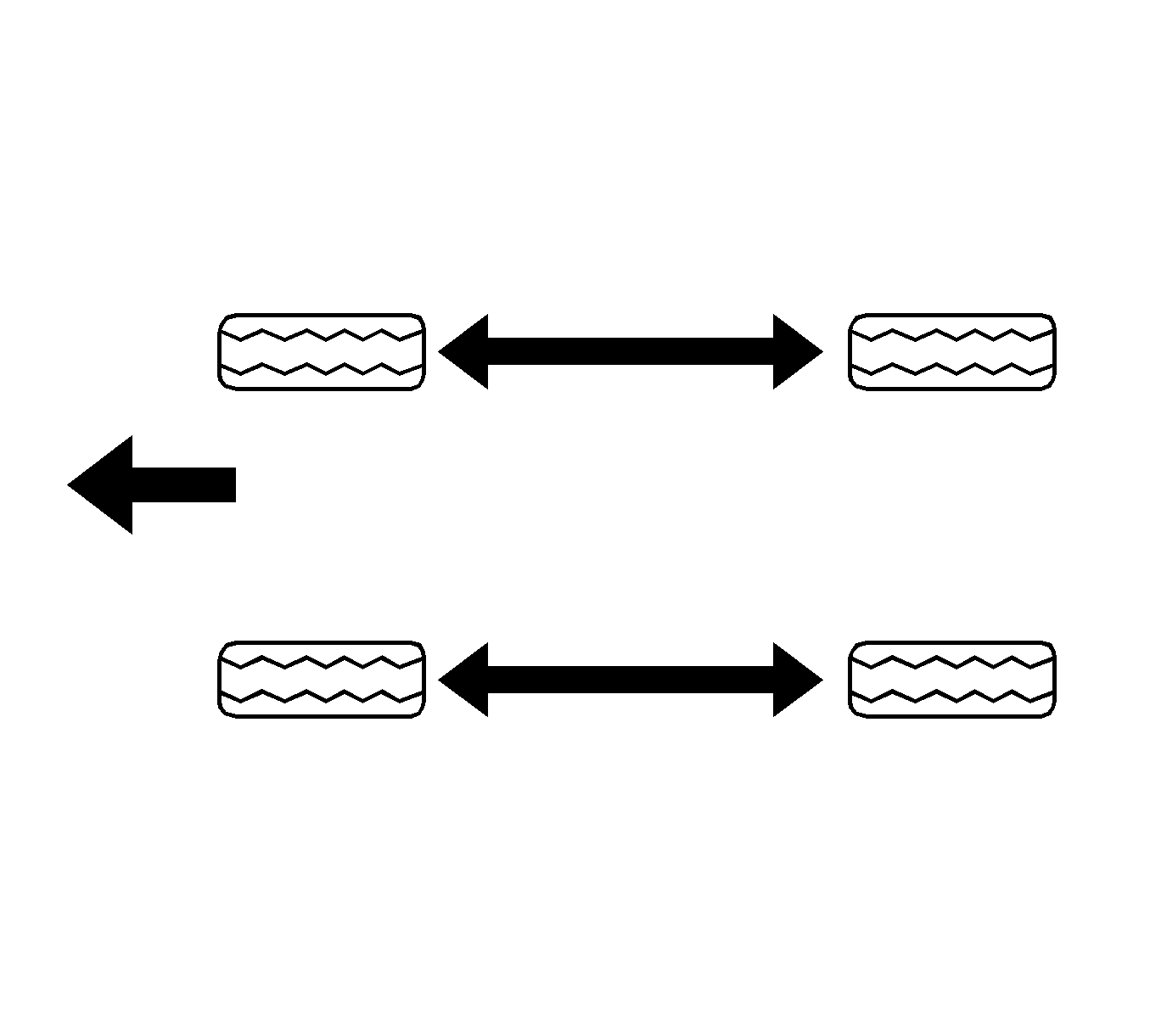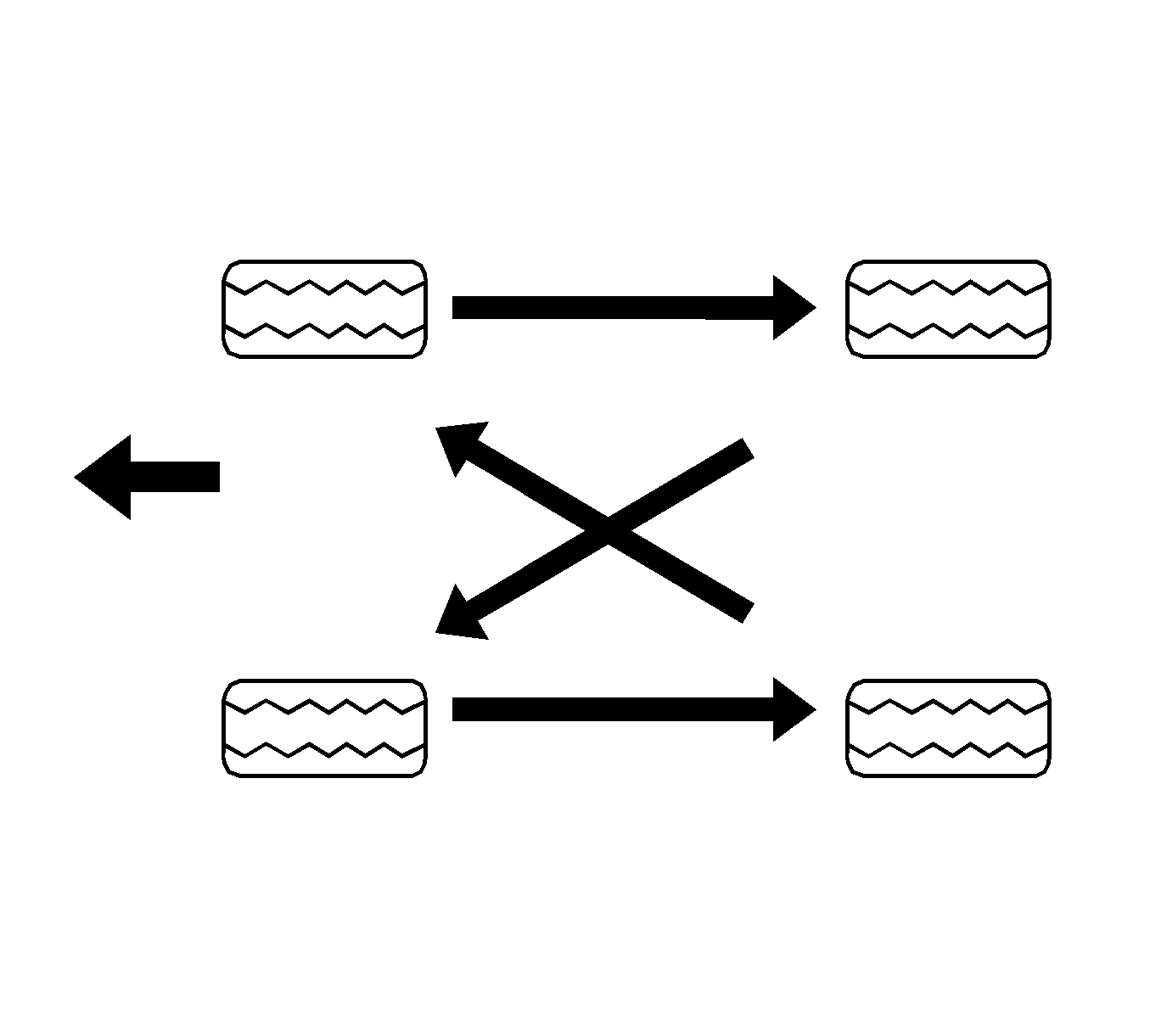Explanation of Scheduled Services C100/Long Body Europe
Normal Vehicle Use
The maintenance instructions contained in the maintenance schedule are based on the assumption that the vehicle will be used for the following reasons:
| • | To carry passengers and cargo within the limitation indicated on the Tire Placard |
| • | To be driven on reasonable road surfaces and within legal operating limits |
Explanation of Scheduled Maintenance Services
The services listed in the maintenance schedule are further explained below. When the following maintenance services are performed, make sure all the parts are replaced and all the necessary repairs are done before driving the vehicle. Always use the proper fluid and lubricants.
Drive Belt Inspection
When a separate belt drives the power steering pump, the air conditioning compressor and the generator, inspect it for cracks, fraying, wear, and proper tension. Adjust or replace the belt as needed.
Engine Oil and Oil Filter Change
The International Lubricant Standardization and Approval Committee (ILSAC) and American Petroleum Institute classifies engine oils according to their performance quality. Always use oil rated API-SL (ILSAC GF-III) or better. Refer to Fluid and Lubricant Recommendations .
Engine Oil Viscosity
Engine oil viscosity (thickness) has an effect on fuel economy and cold weather operation. Lower viscosity engine oils can provide better fuel economy and cold weather performance; however, higher temperature weather conditions require higher viscosity engine oils for satisfactory lubrication. Using oils of any viscosity other than those viscosities recommended could result in engine damage.
Cooling System Service
Drain, flush and refill the system with new coolant. Refer to Fluid and Lubricant Recommendations .
Fuel Filter Replacement
Inspect and replace the engine fuel filter. Refer to Maintenance Schedule .
Air Cleaner Element Replacement
Replace the air cleaner element every 45 000 km (30,000 mile). Replace the air cleaner more often under dusty conditions.
Throttle Body Mounting Bolt Torque
Check the torque of the throttle body mounting bolts.
Tighten
Tighten the throttle body mounting bold to 10 N·m (89 lb in) if necessary.
Spark Plug Replacement
Replace spark plugs with the same type and insure proper torque. Refer to Ignition System Specifications for the 2.4L engine or Ignition System Specifications for the 3.2L engine.
Spark Plug Wire Replacement
Clean the wires and inspect them for burns, cracks, or other damage. Check the wire boot fit at the direct ignition system (DIS) module and at the spark plugs. Replace the wires as needed.
Brake System Service
Check the disc brake pads every 30 000 km (20,000 miles), or 24 months. Check the pad thickness carefully. If the pads are not expected to last another 30 000 km (20,000 miles), replace the pad. Check the breather hole in the brake fluid reservoir cap to be sure it is free from dirt and the passage is open.
Transaxle Service
The manual transaxle fluid does not require changing. For automatic transaxles, refer to Maintenance Schedule .
Tire and Wheel Inspection and Rotation

Check the tires for abnormal wear or damage. To equalize wear and obtain maximum tire life, rotate the tires. If irregular or premature wear exists, check the wheel alignment and check for damaged wheels. While the tires and wheels are removed, inspect the brakes. Refer to Owner Checks and Services .
Explanation of Scheduled Services C100/Long Body Except Europe
Normal Vehicle Use
The maintenance instructions contained in the maintenance schedule are based on the assumption that the vehicle will be used for the following reasons:
| • | To carry passengers and cargo within the limitation indicated on the Tire Placard |
| • | To be driven on reasonable road surfaces and within legal operating limits |
Explanation of Scheduled Maintenance Services
The services listed in the maintenance schedule are further explained below. When the following maintenance services are performed, make sure all the parts are replaced and all the necessary repairs are done before driving the vehicle. Always use the proper fluid and lubricants.
Drive Belt Inspection
When a separate belt drives the power steering pump, the air conditioning compressor and the generator, inspect it for cracks, fraying, wear, and proper tension. Adjust or replace the belt as needed.
Engine Oil and Oil Filter Change
The International Lubricant Standardization and Approval Committee (ILSAC) and American Petroleum Institute classifies engine oils according to their performance quality. Always use oil rated API-SL (ILSAC GF-III) or better. Refer to Fluid and Lubricant Recommendations
Engine Oil Viscosity
Engine oil viscosity (thickness) has an effect on fuel economy and cold weather operation. Lower viscosity engine oils can provide better fuel economy and cold weather performance; however, higher temperature weather conditions require higher viscosity engine oils for satisfactory lubrication. Using oils of any viscosity other than those viscosities recommended could result in engine damage.
Cooling System Service
Drain, flush and refill the system with new coolant. Refer to Fluid and Lubricant Recommendations
Fuel Filter Replacement
Inspect and replace the engine fuel filter. Refer to Maintenance Schedule
Air Cleaner Element Replacement
Replace the air cleaner element every 40 000 km (24,000 mile). Replace the air cleaner more often under dusty conditions.
Throttle Body Mounting Bolt Torque
Check the torque of the throttle body mounting bolts.
Tighten
Tighten the throttle body mounting bold to 10 N·m (89 lb in) if necessary.
Spark Plug Replacement
Replace spark plugs with the same type and insure proper torque. Refer to Ignition System Specifications for the 2.4L engine or Ignition System Specifications for the 3.2L engine.
Spark Plug Wire Replacement
Clean the wires and inspect them for burns, cracks, or other damage. Check the wire boot fit at the direct ignition system (DIS) module and at the spark plugs. Replace the wires as needed.
Brake System Service
Check the disc brake pads every 30 000 km (18,000 miles), or 18 months. Check the pad thickness carefully. If the pads are not expected to last another 30 000 km (18,000 miles), replace the pad. Check the breather hole in the brake fluid reservoir cap to be sure it is free from dirt and the passage is open.
Transaxle Service
The manual transaxle fluid does not require changing. For automatic transaxles, refer to Maintenance Schedule .
Tire and Wheel Inspection and Rotation

Check the tires for abnormal wear or damage. To equalize wear and obtain maximum tire life, rotate the tires. If irregular or premature wear exists, check the wheel alignment and check for damaged wheels. While the tires and wheels are removed, inspect the brakes. Refer to Owner Checks and Services .
Explanation of Scheduled Services C105/Short Body
Normal Vehicle Use
The maintenance instructions contained in the maintenance schedule are based on the assumption that the vehicle will be used for the following reasons:
| • | To carry passengers and cargo within the limitation indicated on the Tire Placard |
| • | To be driven on reasonable road surfaces and within legal operating limits |
Explanation of Scheduled Maintenance Services
The services listed in the maintenance schedule are further explained below. When the following maintenance services are performed, make sure all the parts are replaced and all the necessary repairs are done before driving the vehicle. Always use the proper fluid and lubricants.
Drive Belt Inspection
When a separate belt drives the power steering pump, the air conditioning compressor and the generator, inspect it for cracks, fraying, wear, and proper tension. Adjust or replace the belt as needed.
Engine Oil and Oil Filter Change
The International Lubricant Standardization and Approval Committee (ILSAC) and American Petroleum Institute classifies engine oils according to their performance quality. Always use oil rated API-SL (ILSAC GF-III) or better. Refer to Fluid and Lubricant Recommendations .
Engine Oil Viscosity
Engine oil viscosity (thickness) has an effect on fuel economy and cold weather operation. Lower viscosity engine oils can provide better fuel economy and cold weather performance; however, higher temperature weather conditions require higher viscosity engine oils for satisfactory lubrication. Using oils of any viscosity other than those viscosities recommended could result in engine damage.
Cooling System Service
Drain, flush and refill the system with new coolant. Refer to Fluid and Lubricant Recommendations .
Fuel Filter Replacement
Inspect and replace the engine fuel filter. Refer to Maintenance Schedule .
Air Cleaner Element Replacement
Replace the air cleaner element every 45 000 km (30,000 mile). Replace the air cleaner more often under dusty conditions.
Throttle Body Mounting Bolt Torque
Check the torque of the throttle body mounting bolts.
Tighten
Tighten the throttle body mounting bold to 10 N·m (89 lb in) if necessary.
Spark Plug Replacement
Replace spark plugs with the same type and insure proper torque. Refer to Ignition System Specifications for the 2.4L engine or Ignition System Specifications for the 3.2L engine.
Spark Plug Wire Replacement
Clean the wires and inspect them for burns, cracks, or other damage. Check the wire boot fit at the direct ignition system (DIS) module and at the spark plugs. Replace the wires as needed.
Brake System Service
Check the disc brake pads every 30 000 km (20,000 miles), or 24 months. Check the pad thickness carefully. If the pads are not expected to last another 30 000 km (20,000 miles), replace the pad. Check the breather hole in the brake fluid reservoir cap to be sure it is free from dirt and the passage is open.
Transaxle Service
The manual transaxle fluid does not require changing. For automatic transaxles, refer to Maintenance Schedule .
Tire and Wheel Inspection and Rotation

Check the tires for abnormal wear or damage. To equalize wear and obtain maximum tire life, rotate the tires. If irregular or premature wear exists, check the wheel alignment and check for damaged wheels. While the tires and wheels are removed, inspect the brakes. Refer to Owner Checks and Services .
